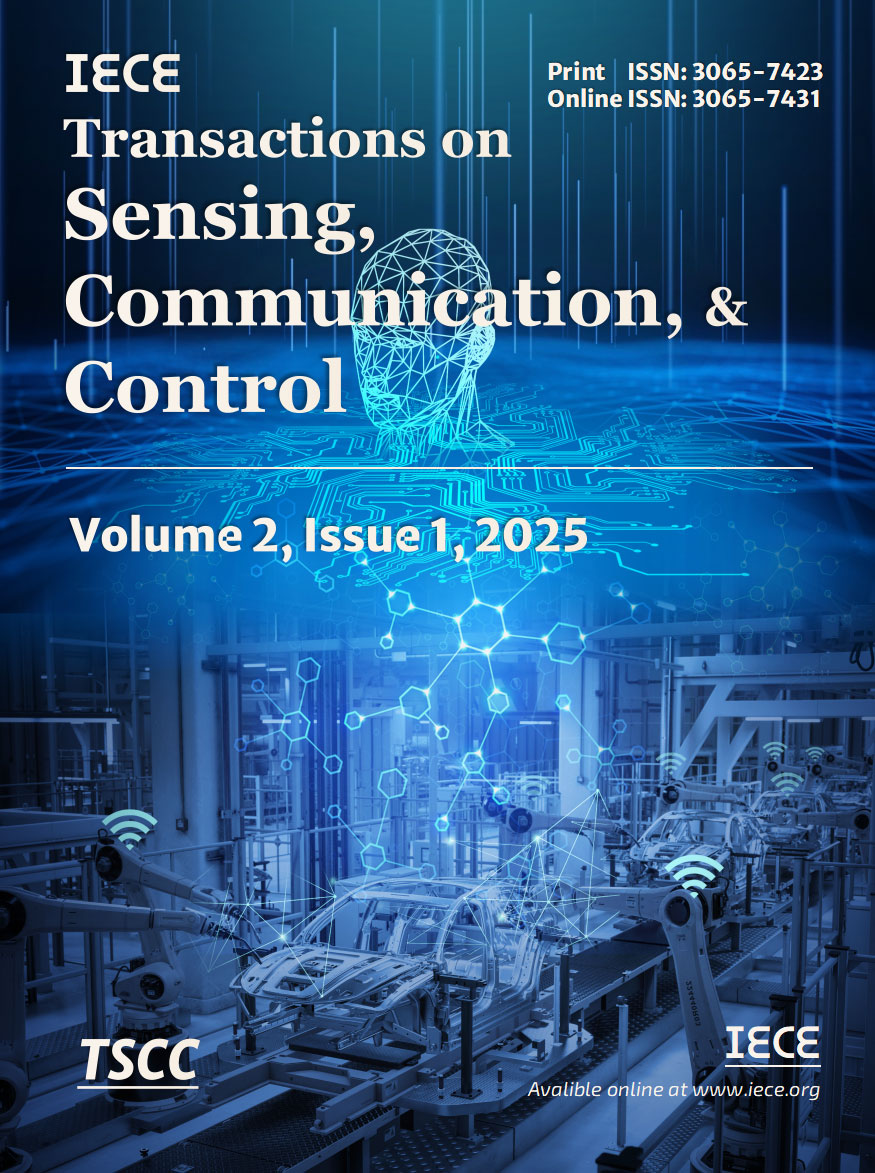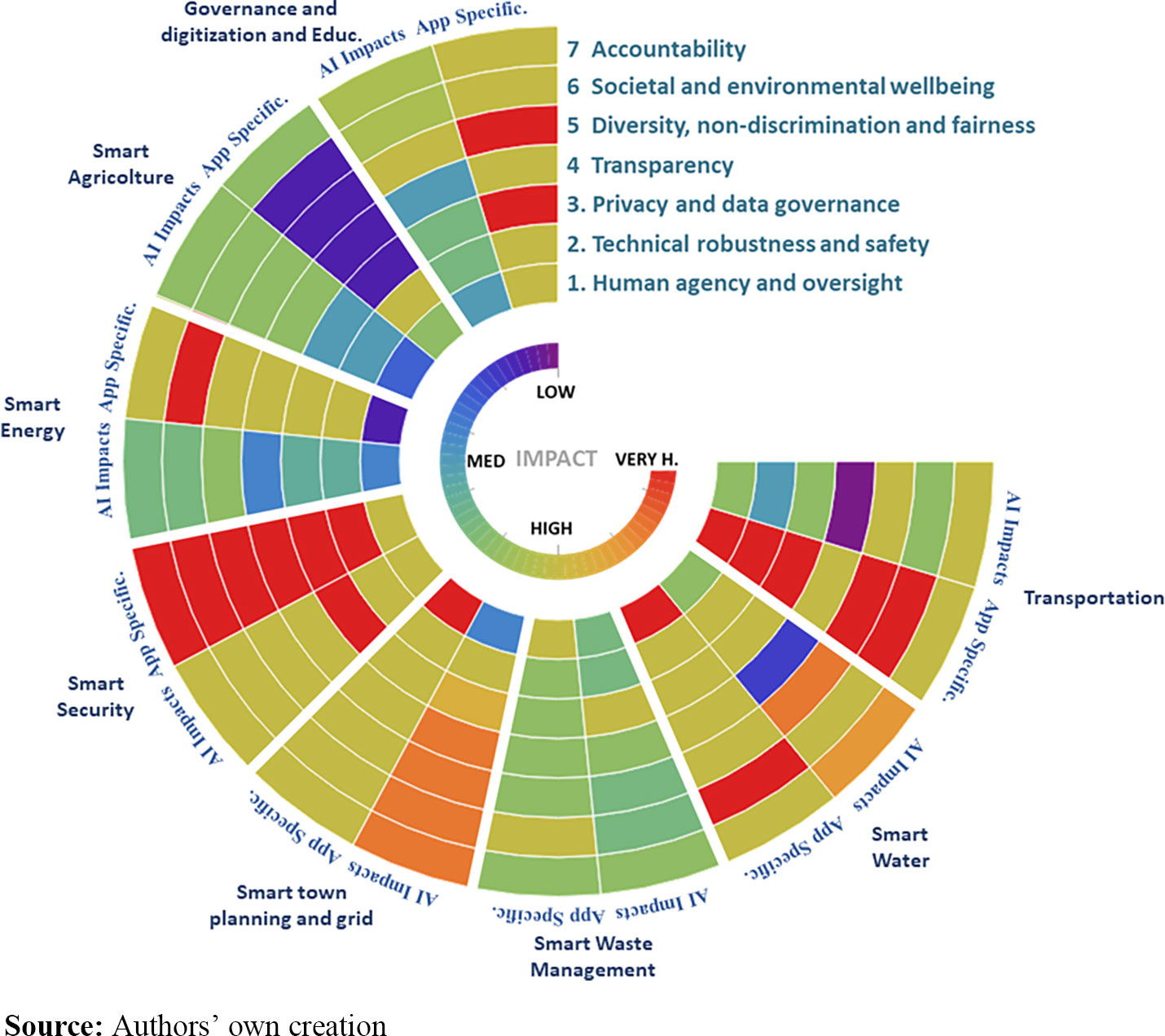Abstract
The rapid urbanization and technological advancements have driven the development of smart cities, envisioned as sustainable, efficient, and interconnected urban spaces. The integration of sixth-generation (6G) wireless technology in smart cities promises unprecedented opportunities in connectivity, low-latency communication, and data management, which transforms urban living. However, this evolution raises critical ethical concerns related to privacy, inclusion, transparency, accountability, and environmental sustainability. This paper explores the ethical considerations inherent in designing smart cities with 6G, emphasizing data governance, equity, and human-centric approaches. It delves into frameworks such as utilitarianism, deontological ethics, and virtue-based ethics to address issues such as algorithmic bias, data privacy, and societal inclusion. The review highlights the challenges of ensuring equitable access to technology, minimizing surveillance risks, and fostering transparent decision-making in urban governance. It also underscores the importance of sustainable practices and environmental ethics, advocating for energy-efficient systems and the principles of circular economy in 6G-enabled urban ecosystems. By examining these dimensions, the paper offers actionable recommendations for stakeholders, including policymakers, urban planners, and technology developers, to balance technological innovation with ethical responsibility. This study serves as a critical guide to ensure that the future of smart cities is not only technologically advanced but also socially equitable, sustainable, and aligned with human dignity.
Data Availability Statement
Not applicable.
Funding
This work was supported without any funding.
Conflicts of Interest
This work was supported without any funding.
Ethical Approval and Consent to Participate
Not applicable.
Cite This Article
APA Style
Rafique, S., Iqbal, S., Ali, D., & Khan, F. (2025). Navigating Ethical Challenges in 6G-Enabled Smart Cities: Privacy, Equity, and Governance. IECE Transactions on Sensing, Communication, and Control, 2(1), 48–64. https://doi.org/10.62762/TSCC.2025.291581
Publisher's Note
IECE stays neutral with regard to jurisdictional claims in published maps and institutional affiliations.
Rights and permissions
Institute of Emerging and Computer Engineers (IECE) or its licensor (e.g. a society or other partner) holds exclusive rights to this article under a publishing agreement with the author(s) or other rightsholder(s); author self-archiving of the accepted manuscript version of this article is solely governed by the terms of such publishing agreement and applicable law.


 Submit Manuscript
Edit a Special Issue
Submit Manuscript
Edit a Special Issue

